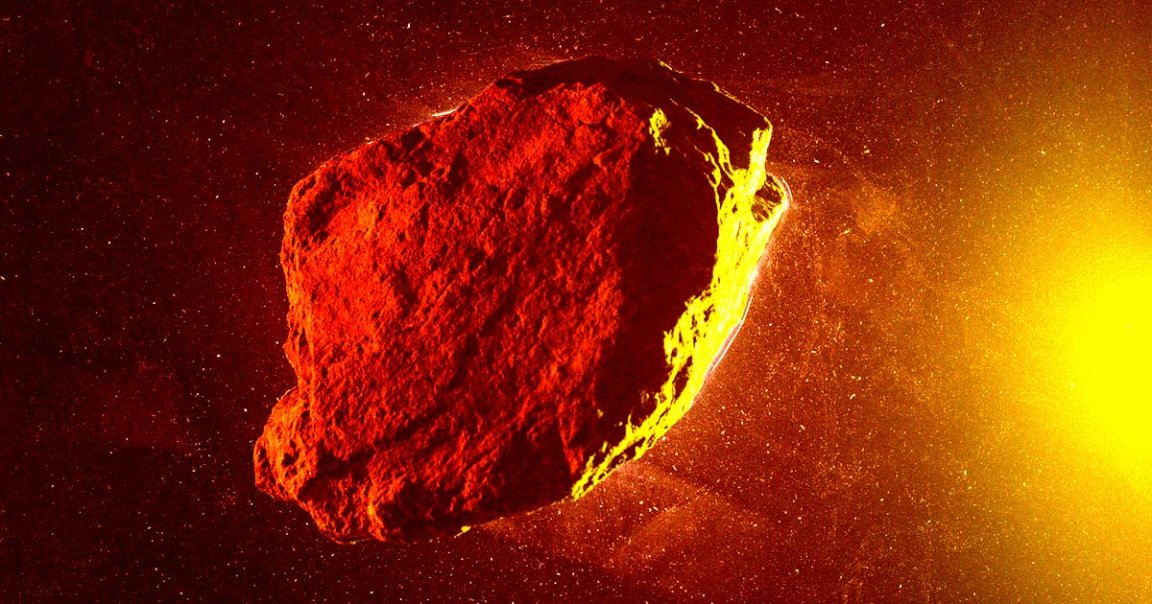
Temp Agency
Astronomers have spotted a tiny space rock — just 33 feet long — which is set to be captured by the Earth’s gravity for a singular orbit.
In other words, the asteroid dubbed 2024 PT5 could become a “mini-moon” — at least for a little while, before it continues its journey into the far reaches of the solar system.
As detailed in a new report published in the journal Research Notes of the American Astronomical Society, the rock will loop around the Earth from September 29 to November 25, for a tenure of just under two months.
“It is pretty cool,” Harvard asteroid dynamics researcher Federica Spoto, who was not involved in the study, told the New York Times, adding that the observations could be used to study other space rocks just like it and potentially find new ways of spotting ones that are on a direct crash course.
Hello Goodbye
Thanks to their fleeting appearance in Earth’s orbit, mini-moons are particularly difficult to observe and officially categorize.
Some of these objects simply turn out to be manmade, like the European Space Agency’s Gaia spacecraft, which was misidentified as a second Moon by a ground-based telescope in 2015.
However, scientists are certain that 2024 PT5 isn’t an errant satellite or space telescope.
“Every time an object with an orbit so earthlike is discovered, there is a chance that we are just recovering space debris,” coauthor and Complutense University of Madrid astronomer Raúl de la Fuente Marcos told the NYT, adding that this particular object is a “natural object, no doubt about that.”
Intriguingly, scientists suggest that 2024 PT5, which was first discovered last month, may have once been a piece of the regular Moon.
But thanks to the brevity of its visit, not everybody agrees that it should be classified as a “mini-moon.”
Nonetheless, it’s a fascinating reminder of the kinds of diverse objects that can be found in our planet’s orbit.
Mini-moons like 2024 PT5 are also of great intrigue as they may contain precious metals, which one day might be mined.
Despite only making a brief appearance, the space rock is expected to make another slightly more distant flyby of the Earth in January — and once again in 2055.
More on the Moon: Chinese Lander Finds Evidence of Active Volcanos on the Moon